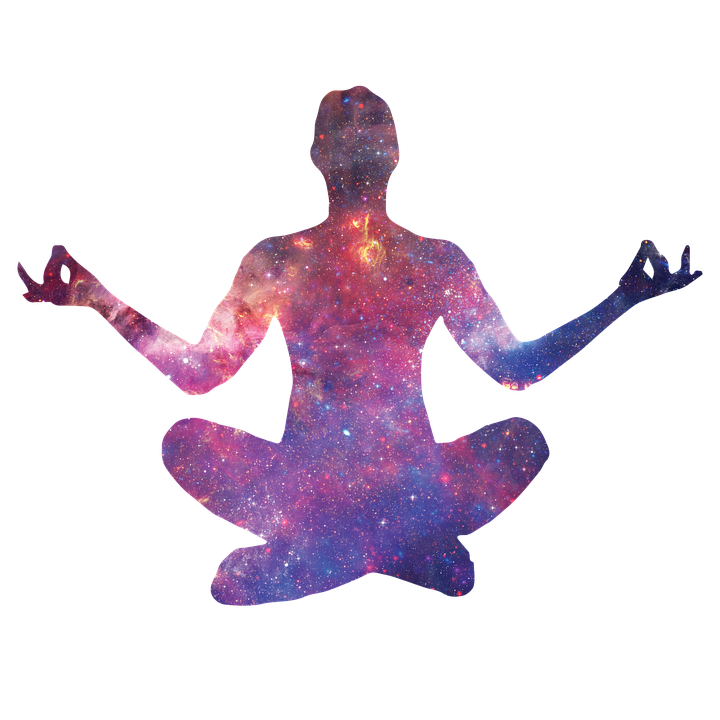Yoga has become a popular practice in recent years. You necessarily have a studio not far from your home that offers this practice. It is sometimes difficult to navigate, because yoga comes in many forms, each with its postures, its rhythm, and its benefits.
Hatha Yoga


It is the oldest and most traditional form of yoga that exists. A session of Hatha Yoga is very complete, because it is composed of postures more or less difficult, accompanied by exercise of breathing, promoting flexibility and relaxation.
Unlike a gymnastic sequence, the postures must be maintained long enough: about 3 minutes per posture. This form of yoga is accessible to everyone because the exercises are adapted to the level of the student.
It is known for many benefits, if you practice assiduously: more flexibility, reinforced joints and the disappearance of back pain, a spirit more
better stress management and less anxiety, better quality of sleep.
Ashtanga Yoga
It is a very dynamic form of yoga, based on six series of postures chained with the breath. The practitioner moves from one position to another, and keeps certain poses focusing on the breath made sound by a contraction of the back of the throat.
This yoga is based on 8 principles: mastery of the senses, concentration, meditation, ecstasy, others, letting go, calm in the posture and work on breathing.
Vinyasa Yoga
Vinyasa Yoga consists in linking posture in a fluid way while being guided by its breathing. He is from Ashtanga Yoga, but he is more rhythmic, dynamic and intense. It requires a real desire to spend and sweat, because the pace is quite strong. It allows you to workout while working the body alignment, and is for people who want a full and dynamic workout but do not really appreciate the sometimes repetitive nature of Ashtanga yoga.
It is known for many benefits, if you practice assiduously: strength, endurance and flexibility, muscle strengthening, balance, sculpture and toning of the silhouette. For the mind: stress management, calming of the mind and concentration control.
Iyengar Yoga
Unlike other forms of yoga, this variant is modern. This is demanding, difficult and very precise in the alignment of different parts of the body. The postures are held with accessories such as straps, blankets, ropes … to help practitioners of all levels to hold the poses.
It brings flexibility and strength, helps fight against back pain, makes the functioning of internal organs more harmonious, relaxes stressed people, and restores a good quality of sleep. The energy circulates better in the body, the practitioner acquires more serenity.
Kundalini Yoga
This form of yoga appeared during the hippie period in California. The term Kundalini refers to a vital energy that flows along the spine, often represented by a snake coiled at the bottom of the spine, at the level of the sacrum, and when activated properly, this energy goes back to top of the skull by moving along the seven main energy chakras.
Kundalini yoga allows the awakening of vital energy and the harmonization of all energy centers. The session is composed of dynamic postures at a steady pace, breathing techniques and recitation of mantras.
With patience and perseverance, this practice brings a release of the stress, a reinforcement of the immune system, a better management of the emotions and a positive action on the nervous system.
Yin Yoga
Yin Yoga is a slow yoga where poses are held for a long time. The practice focuses on connective tissues such as ligaments, bones, joints or cartilage. Yin Yoga aims to cultivate inner silence and promote letting go. It is an excellent complement to other more active forms of yoga or dynamic activities such as martial arts or athletics. It is accessible to all, whatever the level.
It improves flexibility, healthy bones and joints and strengthens connective tissue. It amplifies the range of movements and releases tensions that can be accumulated through other sports activities.
Yoga Nidra
Yoga Nidra is based on breathing exercises and visualization that facilitates a state of deep letting go. A Yoga Nidra class starts with a relaxation guided by the teacher’s voice. He asks the practitioner to pronounce his sankalpa, a short and affirmative sentence that corresponds to a quality he would like to develop.
It improves sleep, stress management through a calmer mind and emotions. The sophrology was inspired a lot.
The Acroyoga
Acroyoga was created in 2006 in California. This recent form of yoga combines acrobatics, dancing and Thai massage. Acroyoga is practiced by three people: the base (the practitioner in contact with the ground), the flyer (the practitioner who is raised above the ground), and the spotter (the observer who makes recommendations to the flyer and can receive it in case of slipping).
Acroyoga assumes a good physical condition and offers the same benefits as traditional yoga. It helps to improve the self-confidence and mutuality between different practitioners, team spirit, creativity, relaxation and meditative state.
Bikram Yoga
Bikram Yoga is a recent form of yoga that is practiced in a wet room heated to 40 °. The postures are intensive but short because they change every 5 to 6 seconds. The heat allows the body to gain flexibility.
This practice allows for better blood oxygenation, elimination of toxins and improved cardiac function.





View Comments
Hi, your posts are very informative and explain the different yoga forms really well. Have a great day!
I am surprised you did not list svaroopa yoga...very restorative...and has included yoga nidra... Warm wishes to you ---